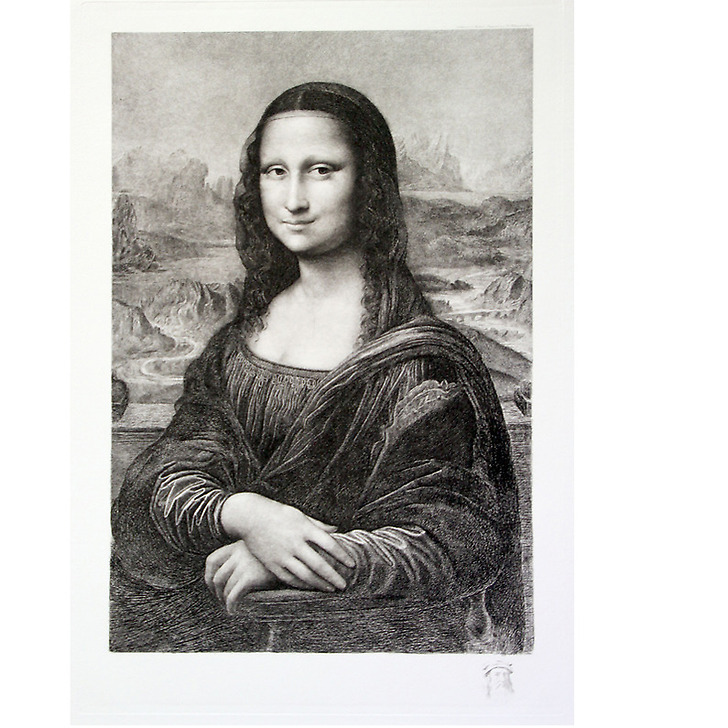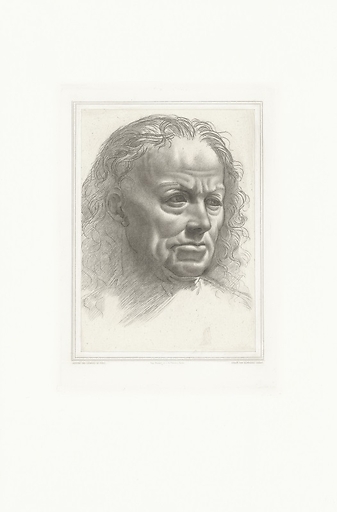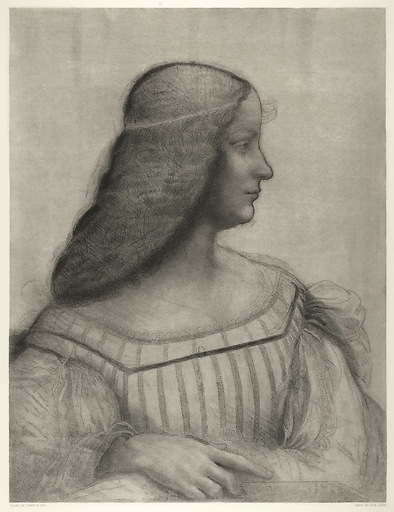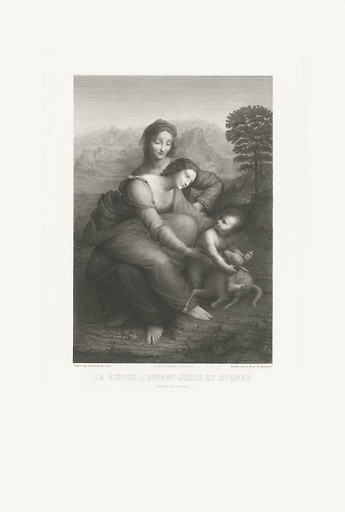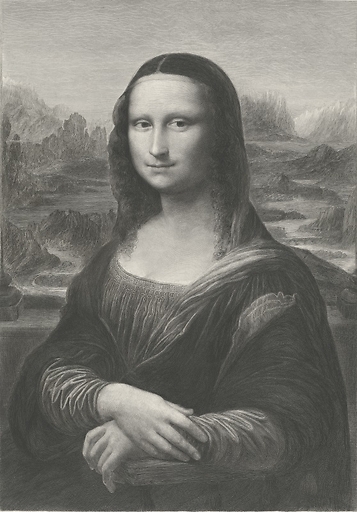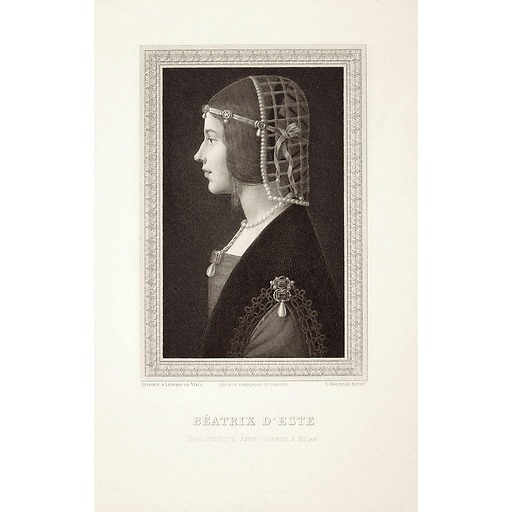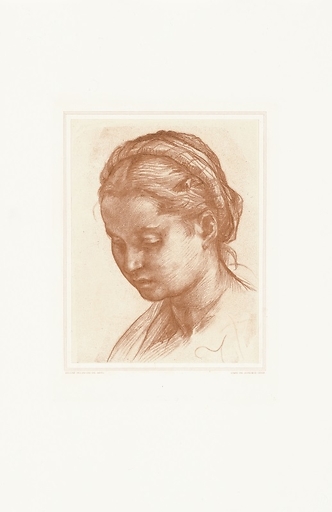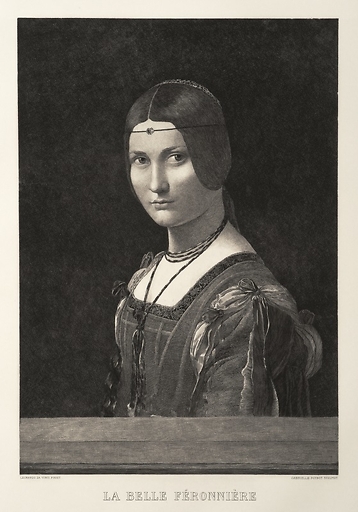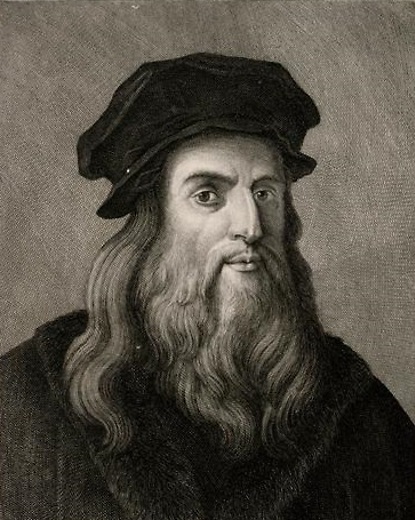Modern icon, the portrait of Mona Lisa Gherardini, married in 1495 to the Florentine patrician Francesco del Giocondo, hence the name of Leonardo da Vinci's most famous painting. When Francis I called the Italian painter to his court, he took the Mona Lisa with him. Taken by the camarde in 1519, the painting remained in France and was part of the collection of the King's Cabinet. The aesthetic qualities of this painting: the enigmatic smile, the shape of the face, the sfumato bathing the distant and the life of the work (it was stolen from the Louvre in particular), all this undoubtedly contributes to a universal recognition of the work.
Through his pictorial work, but also through the universality of his interests (architecture, music, hydraulics, geology, anatomy, botany...) and the precursory nature of many of his brilliant intuitions, Leonardo became the symbol and myth of the genius of the Italian Renaissance. Leonardo led a travelling career between Florence Milan and Rome before following Francis I to Amboise in 1517. Trained in Florence alongside artists such as Botticelli, Perugino, Verrochio was called to Milan by Duke Ludovic le More in 1482, where he was enriched by local influences. His work then showed a keen interest in chiaroscuro and aerial perspective.
Painter and engraver, André-Charles Coppier has left us many interpretive engravings according to the masters. He is also responsible for a catalogue raisonné of Rembrandt's work and for various studies on 15th century masters.
The original plate, engraved by André-Charles Coppier (1867-1948), was a victim of its own success and had deteriorated.
A reproduction was made using galvanoplasty, a high-precision electrolytic goldsmithing technique used to reproduce objects.
The print is now made from this new plate.
Close

